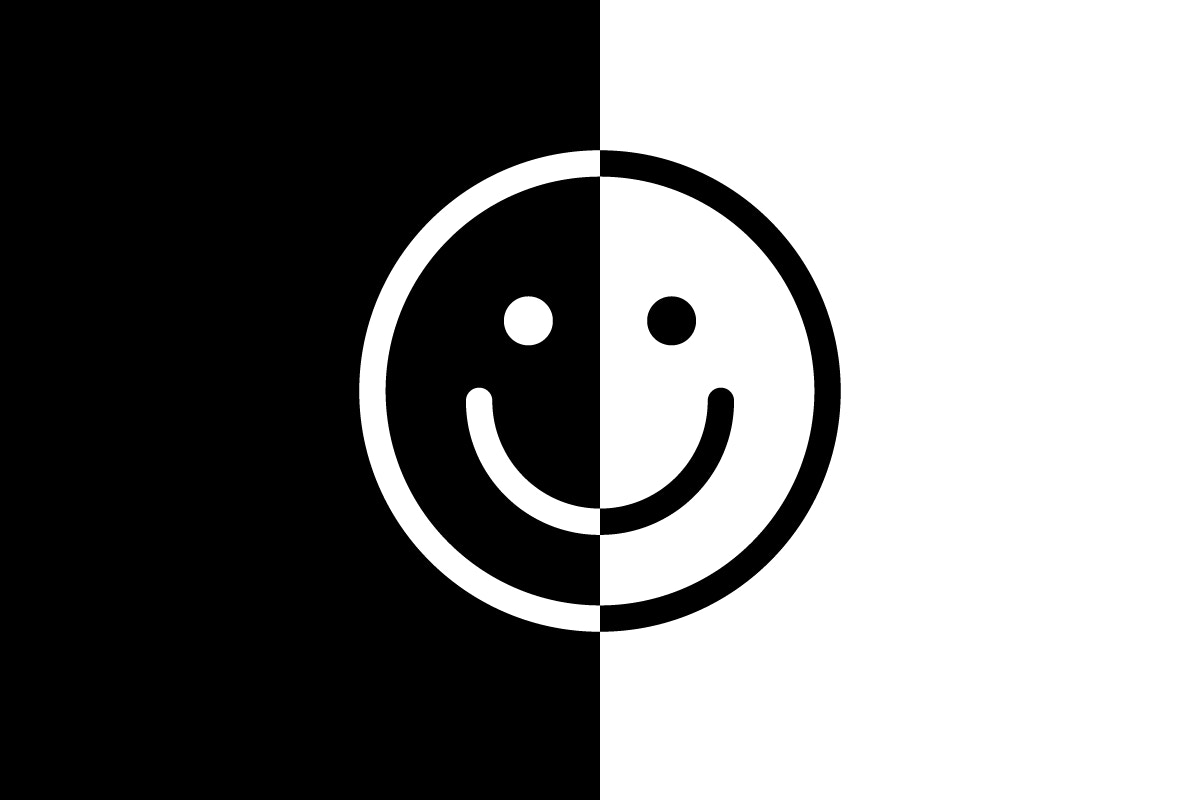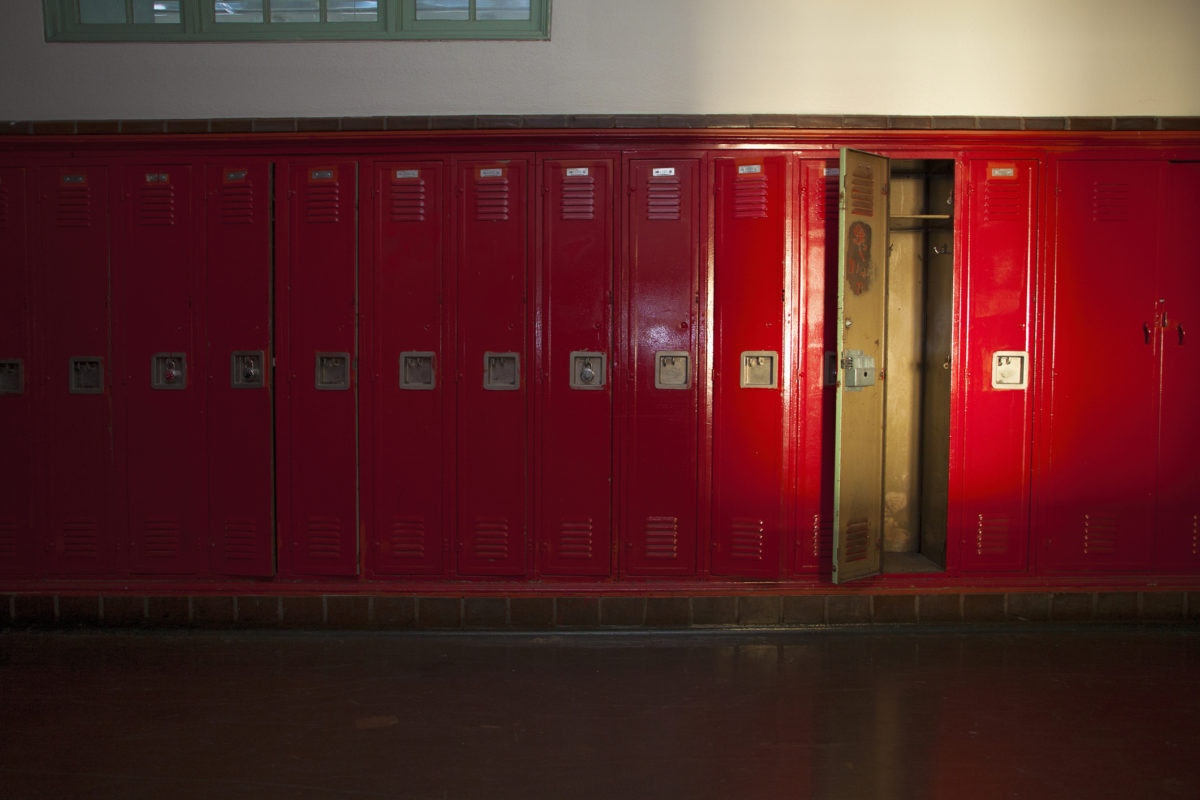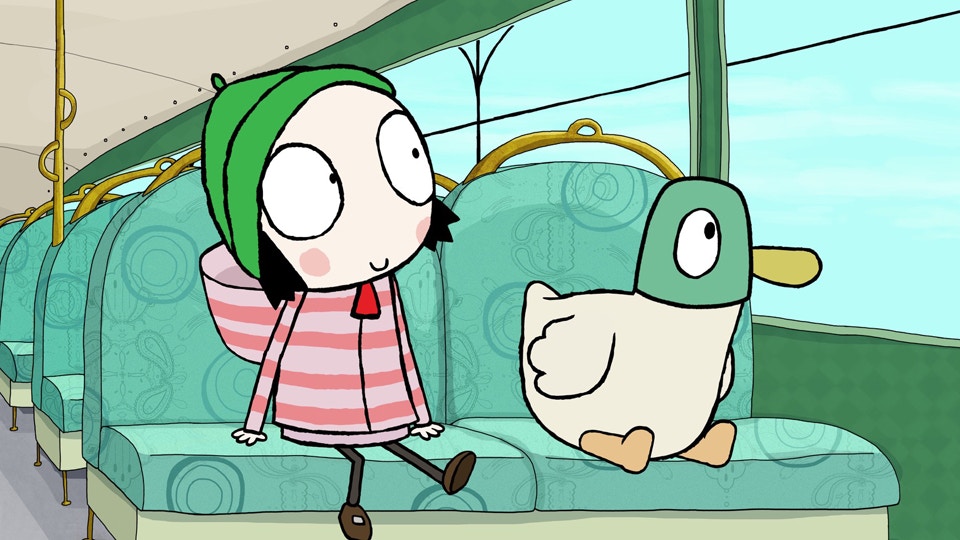It’s hard to imagine where some of these people come from. When you see graffiti on a wall calling to “Make America White Again” or an Alt-Right assembly throw up the Nazi salute, it’s hard to wrap your mind around how someone could become that filled with hate.
What happened? How is it possible that people who started off life as nothing more than children grow into hate-filled, prejudiced human beings?
We like to say that nobody is born racist, but it’s not entirely true. The dark reality is that the seed that grows into racism exists in everyone. Human beings are born predisposed to prejudice. Even if we don’t let that seed grow into hatred, many of us still feel a sense of “otherness” about other races. Whether we want it to or not, it affects the way we interact.
It’s just how our brains are wired. We instinctively sort people into groups, and that sparks a natural psychological process that, if left unchecked, can push us into racism and fear.
And it starts nearly as soon as we are born.



